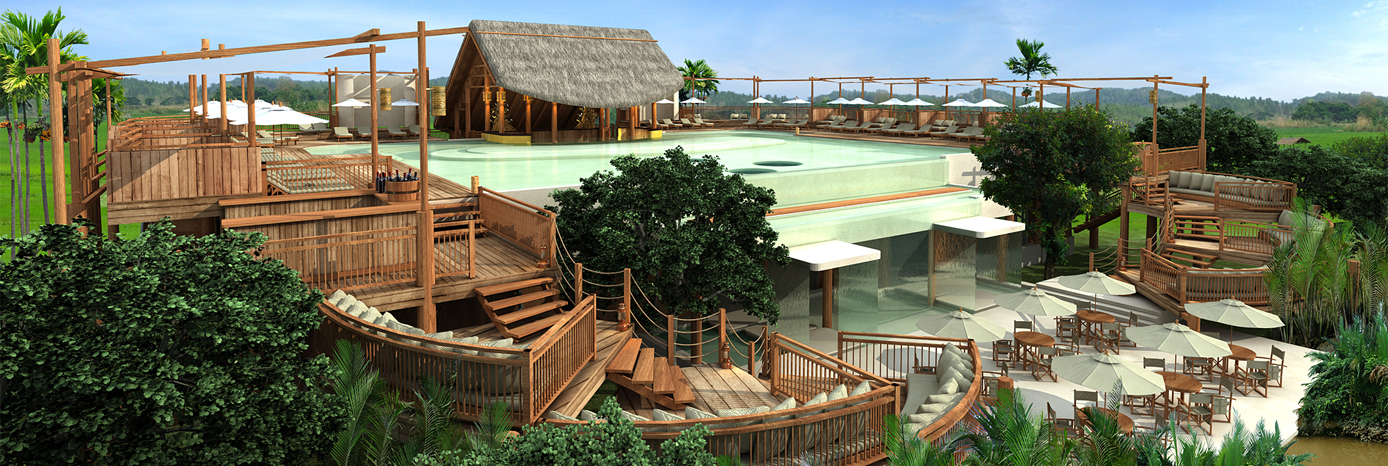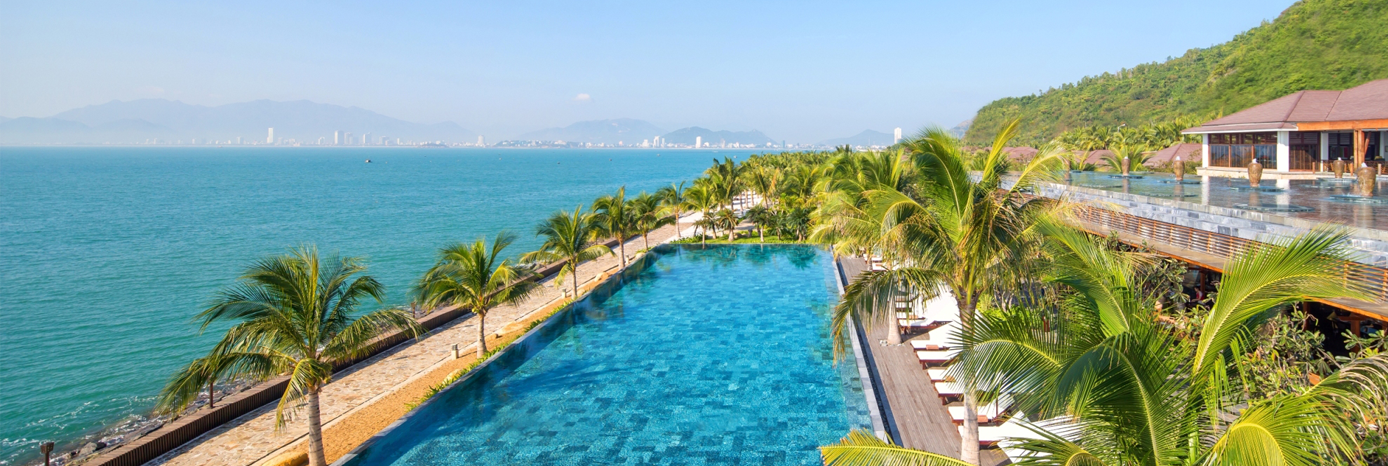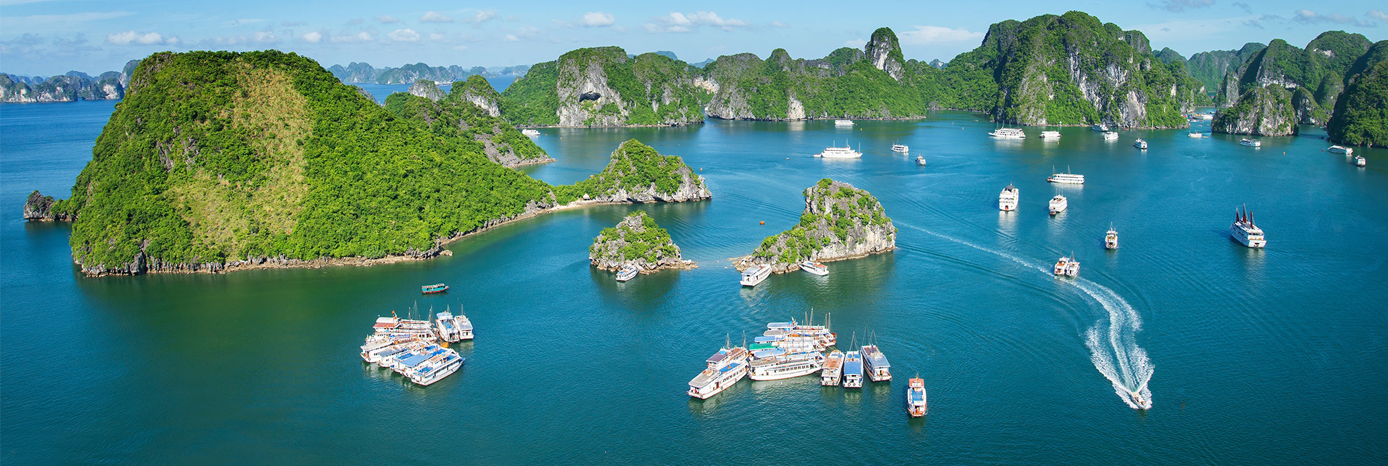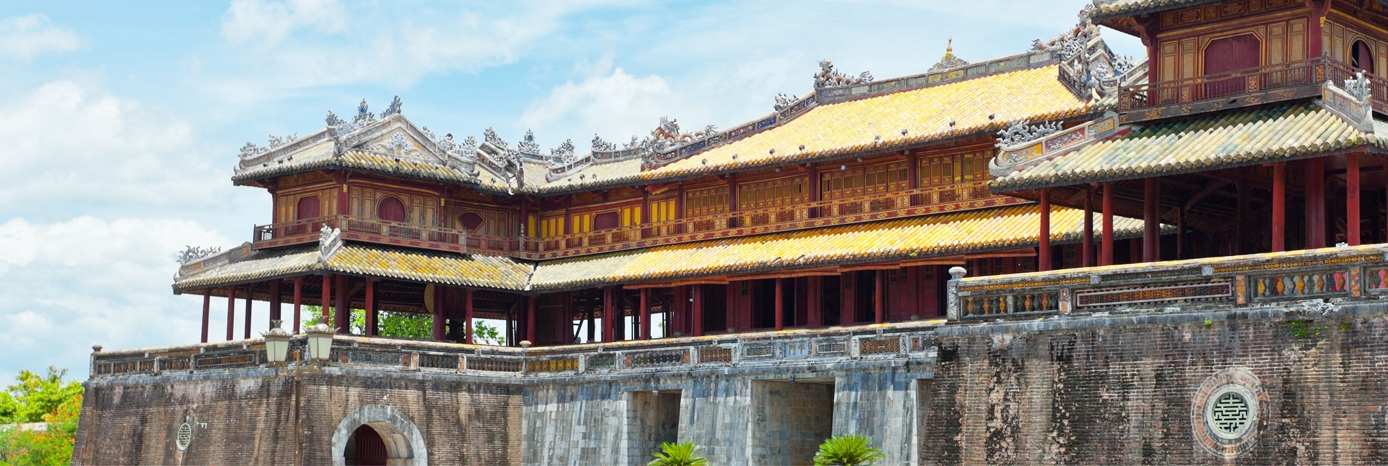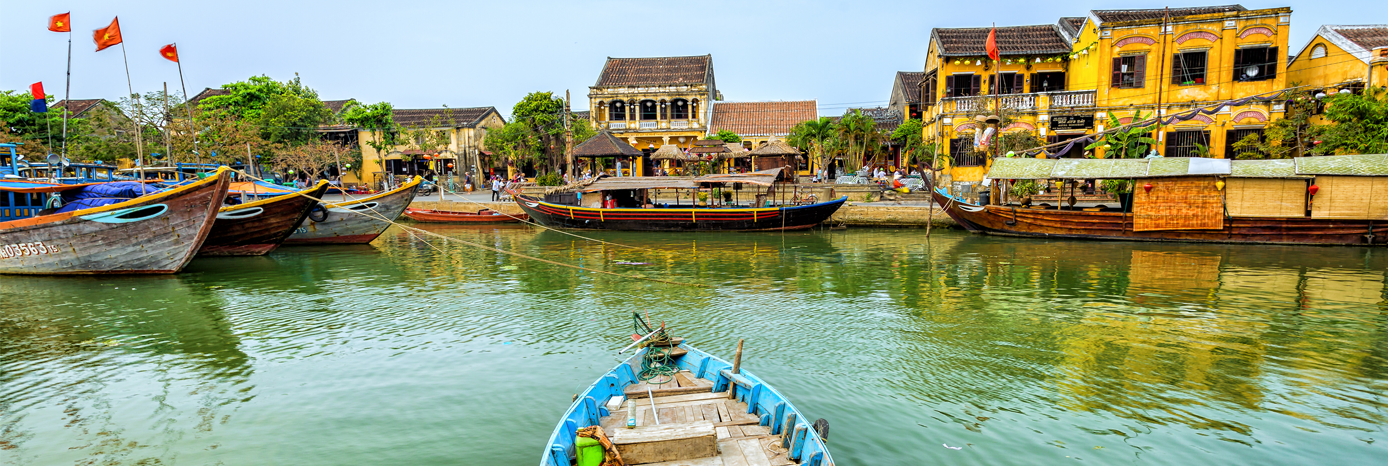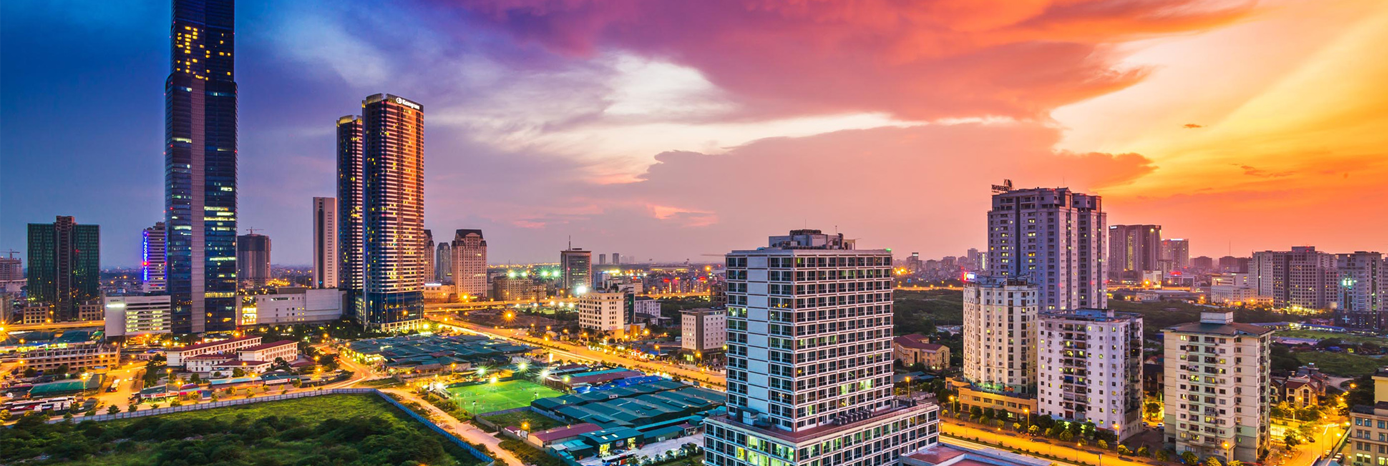Vietnam
NORTHERN VIETNAM
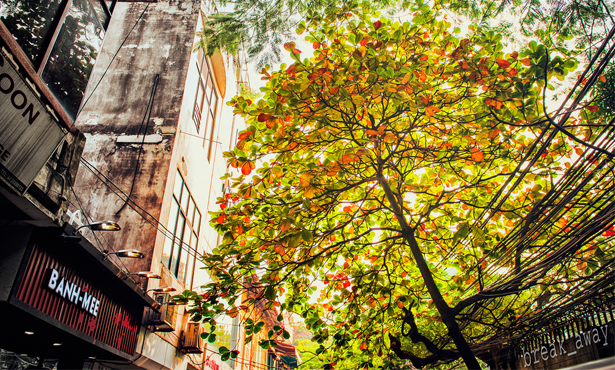
Hanoi Old Quarter
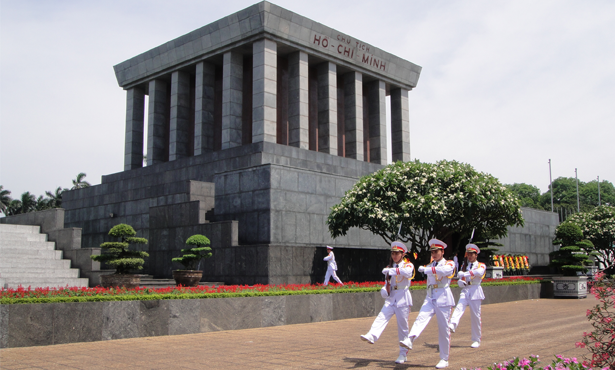
Ho Chi Minh Mausoleum
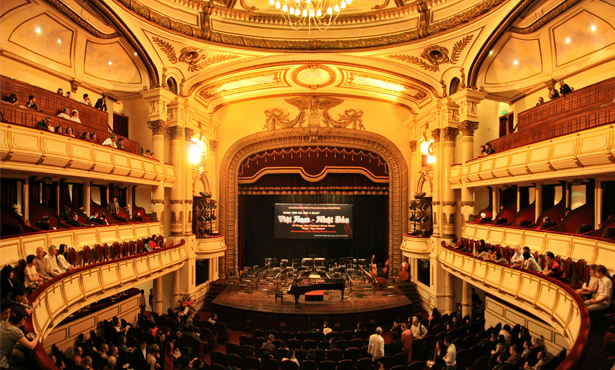
Inside Hanoi Opera House
HANOI: (THE CAPITAL OF VIETNAM)
Hanoi, the capital of Vietnam, is located in the Red River Delta in the beautiful North. Founded in 1010 AD, during the reign of King Ly Cong Uan, Hanoi today recalls its lofty past. Many ancient buildings have been preserved, particularly in the fascinating rabbit warren of the Old Quarter. There are over 600 pagodas and numerous lakes and parks where locals gather on weekends and in the evenings. The most notable lakes are the fabled Hoan Kiem Lake and the vast West Lake. Popular sights include Ho Chi Minh Mausoleum, the One Pillar Pagoda, Ngoc Son Temple, and Vietnam’s first university, the Temple of Literature. Hanoi is a capital of food. Enjoy savoury bun bo nam bo on the streets, and indulge in the cheap and singular tradition of bia hoi.
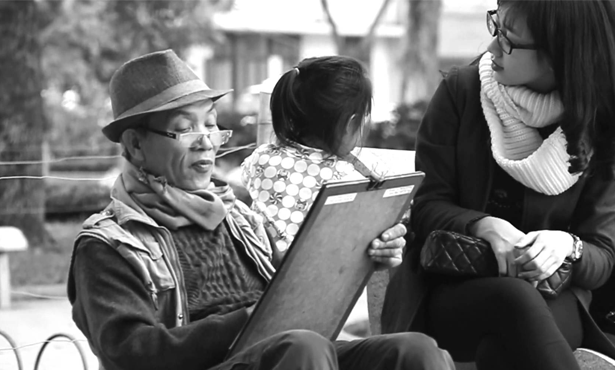
Street Artists
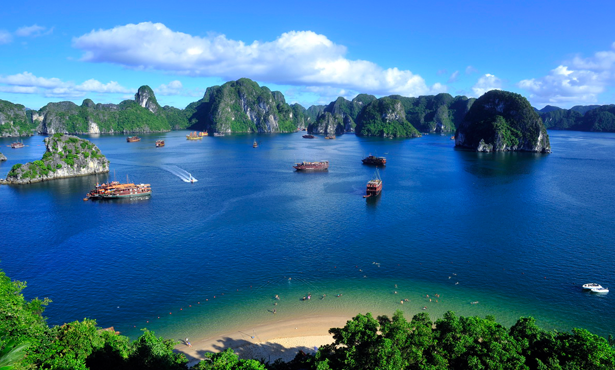
Halong Bay
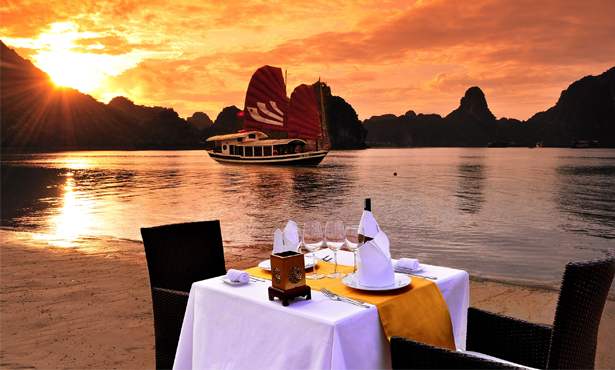
Sunset in Halong Bay
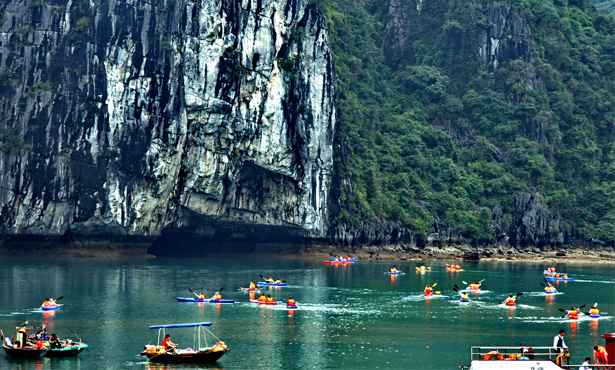
Kayaking in Halong Bay
HALONG BAY: (165 KM FROM HANOI)
Located in the Vietnam’s East Sea, 165 kilometres east from Hanoi, Halong Bay is one of the country’s most famous tourist attractions. This UNESCO Heritage Site is an enchanting field of limestone karst and caves. Among many pleasant beaches along its winding coast line are Bai Chay in Halong City and the peaceful coves of Cat Ba Island. Take an old junk into the bay for a day or two. The bay is the filled with thousands of islets of all shapes and sizes. A wide variety of birds and animals, including bantams, monkeys, and iguanas, live on the little islands. With its spectacular beauty, Halong Bay is a must-see destination, whether in summer or winter.i.
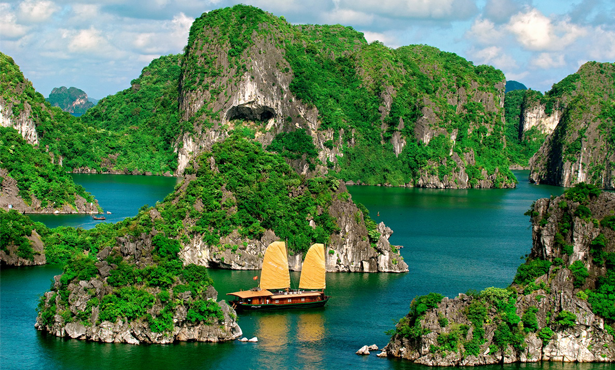
Cruise in Halong Bay
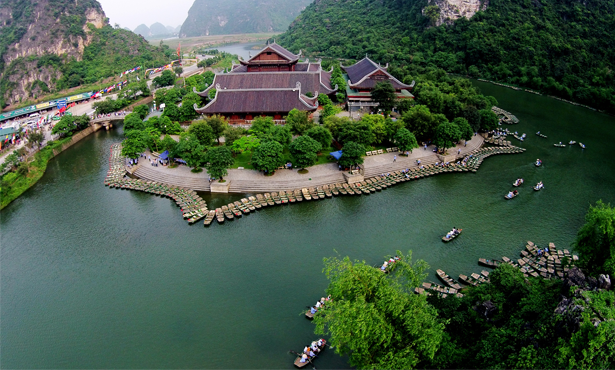
Trang An - World Heritage Populations
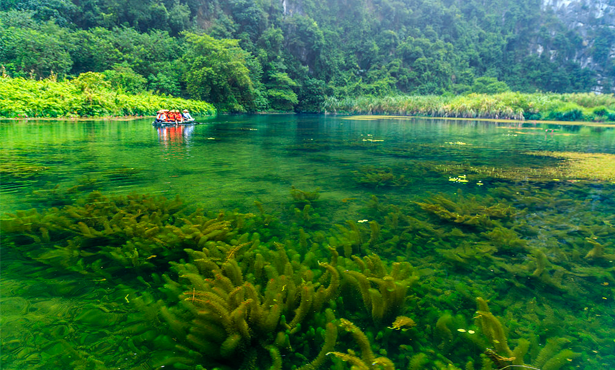
Van Long Nature Reserve
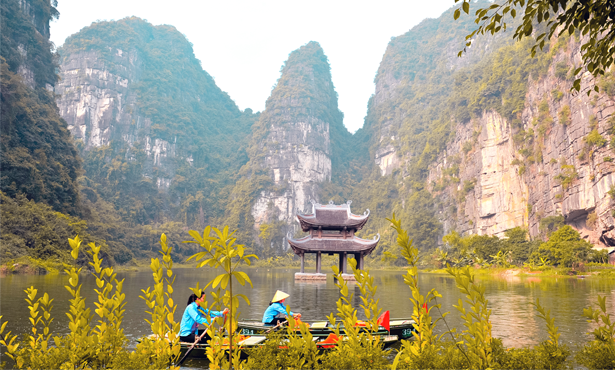
Van Long Nature Reserve
NINH BINH: (100KM FROM HANOI)
Ninh Binh is a small town about south of Hanoi. It is filled with a number of interesting sites. Hoa Lu was the first capital of independent Vietnam, under the Dinh dynasty and the early Le dynasty (968-1009 AD). There are two sanctuaries, each of them devoted to the emperors of one of these two dynasties. They are set among a landscape of limestone mountains reminiscent of some the better known sites in southern China. In Tam Coc -- better known as Dry Halong Bay -- you can take a boat tour on a river that tunnels through mountains. The nearby Ken Ga canal provides an opportunity to observe rural life in the North, an amazing contrast to what you would see in the Mekong Delta. The whole area was an important centre of Catholicism, and you will be surprised to see many churches among the rice fields. Phat Diem has a huge cathedral built in a unique Sino-Vietnamese style.
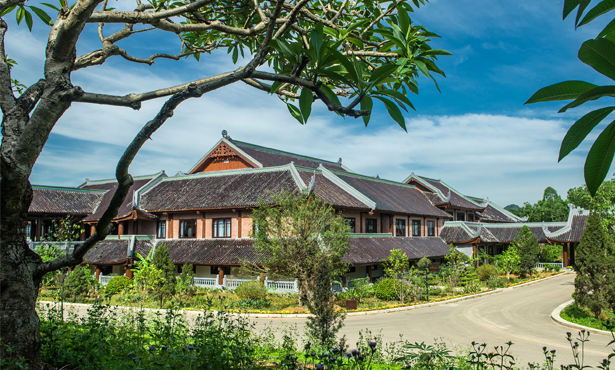 Bai Dinh Pagoda
Bai Dinh Pagoda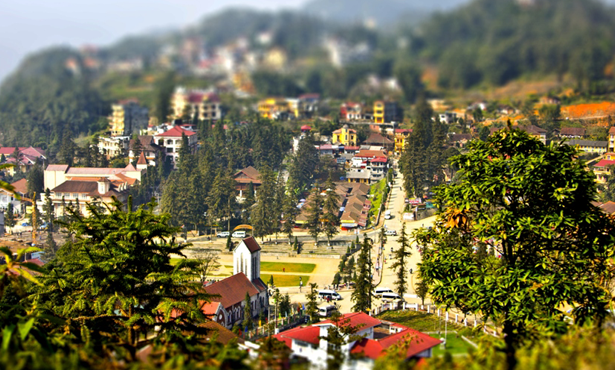
Mountain View Sapa
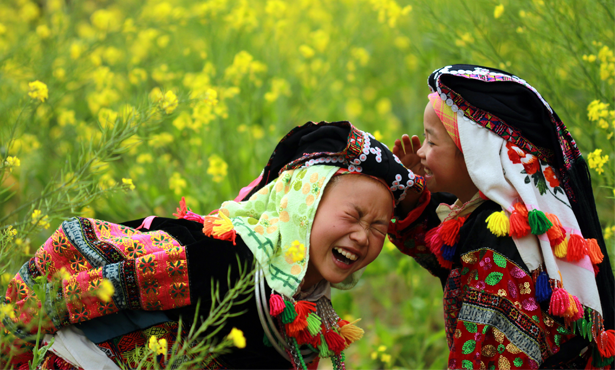
Sapa - Vietnam
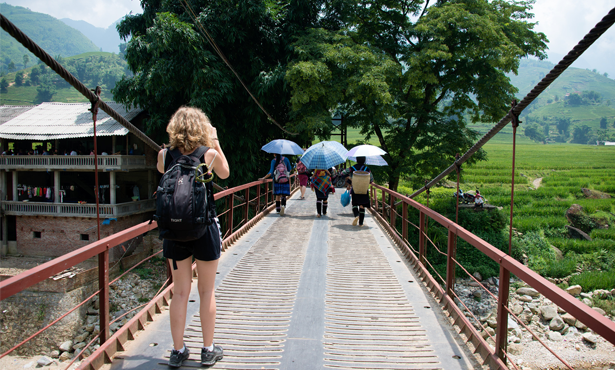
Sapa Trekking
SAPA: (380 KM FROM HANOI)
Sapa lies in the Hoang Lien Son Mountains, a little northwest of Hanoi. Sapa has an amazing diversity of flowers and fruits. Mount Fansipan, the highest mountain in Indochina at 3,134 metres, is covered with clouds all year round and temperatures often drop below zero. The famous tiered rice paddies are found here, too. But the biggest draw in Sapa are the various ethnic minorities, dressed in traditional colourful attire. Visitors can explore local weekend markets and even stay at some of the villages.
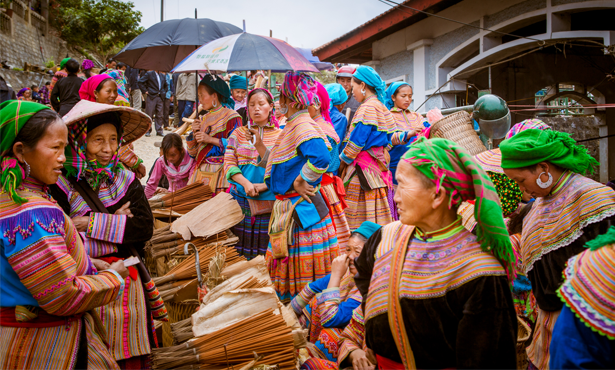 Sapa Market
Sapa Market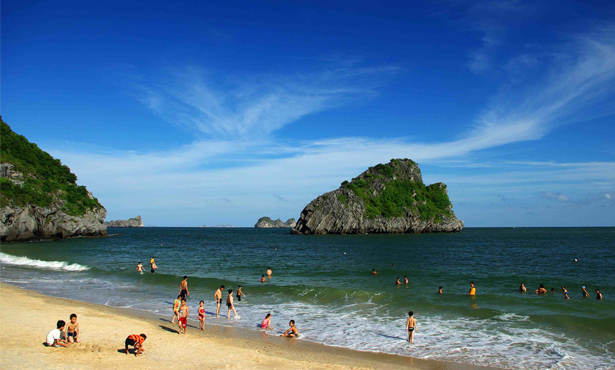 Cat ba Island
Cat ba Island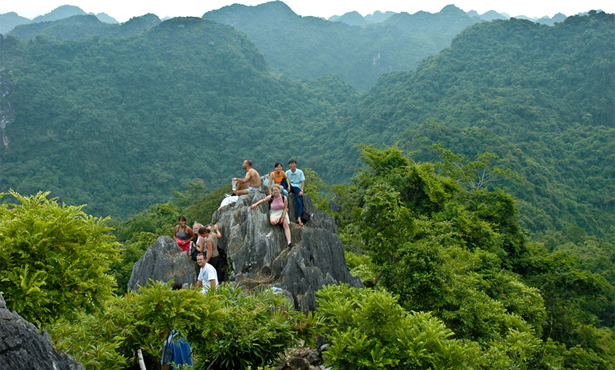
Cat Ba National Park
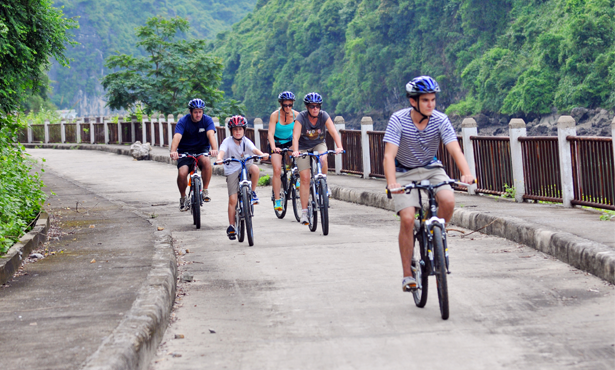
Biking On Cat Ba Island
HAI PHONG: (105 KM FROM HANOI)
Hai Phong, a fascinating seaport in the North, deserves at least a two-night stay. From here, you can explore Cat Ba National Park and Halong Bay as well as the neighbouring rural villages. The town itself consists of wide tree-lined avenues and French colonial buildings, as well as narrow winding streets with open-air fresh markets selling fruits, vegetables, flowers, and household goods. Hai Phong has several cultural highlights: the picturesque Du Hang Pagoda (also known as Phuc Lam Pagoda) and Hang Kenh Communal House, with its exquisite wood carvings. Southeast of Hai Phong lies Doson Beach and Bao Dai, the former summer residence of the last Nguyen Dynasty Emperor. The restored villa is built on a hill and offers great views of the sea. Close by is the only casino in Vietnam, a joint venture between Hong Kong and Vietnam.
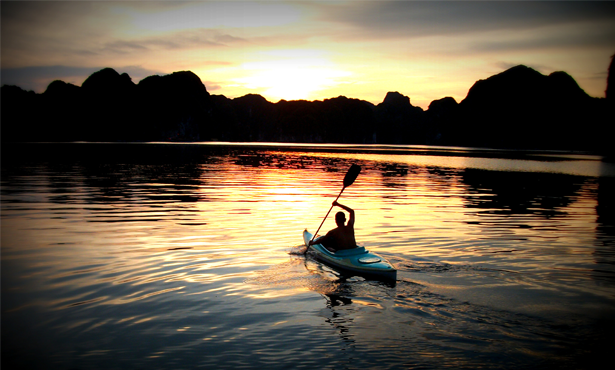
Lan Ha Bay
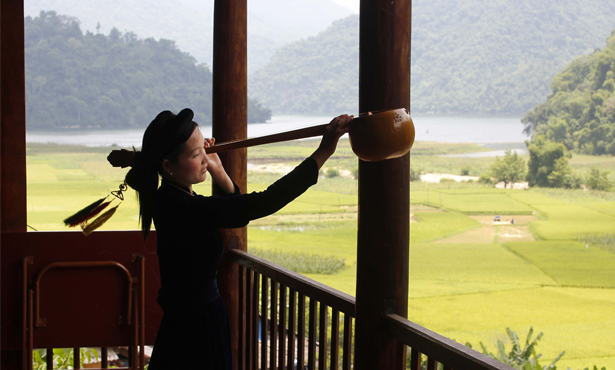
Then Singing
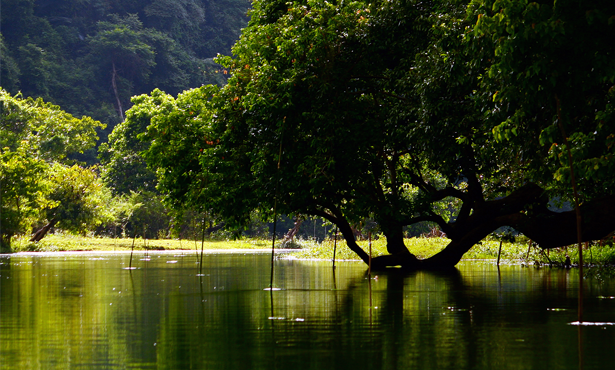
Na Hang - Ba Be
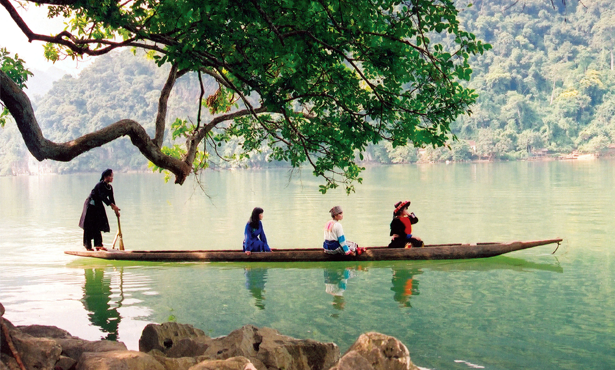
Ba Be Lake
BA BE LAKE: (240 KM FROM HANOI)
Ba Be Lake lies in the middle of a vast limestone mountain range northwest of Hanoi. Named the "precious jade of Vietnam," Ba Be is made up of three small lakes -- Pe Lam, Pe Lu, and Pe Leng. The climate is cool here, with an average temperature of 22°C. This area has a lot to offer, including waterfalls, rivers, valleys, lakes, and caves all set amidst picturesque landscapes.
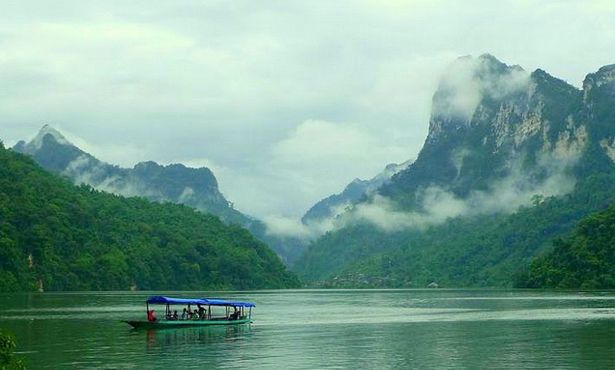
Ba Be Lake
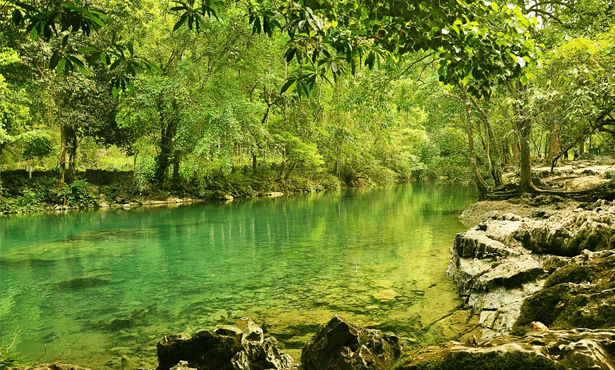
Lenin Stream
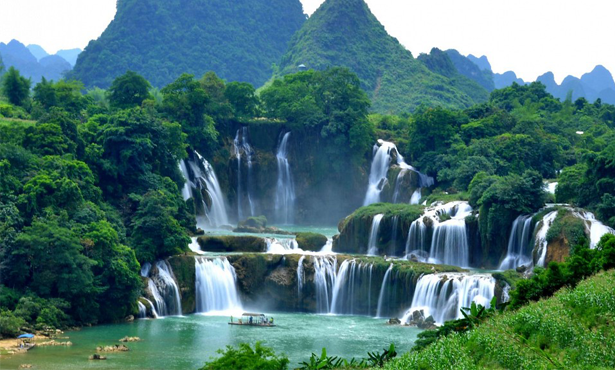
Ban Gioc Waterfall
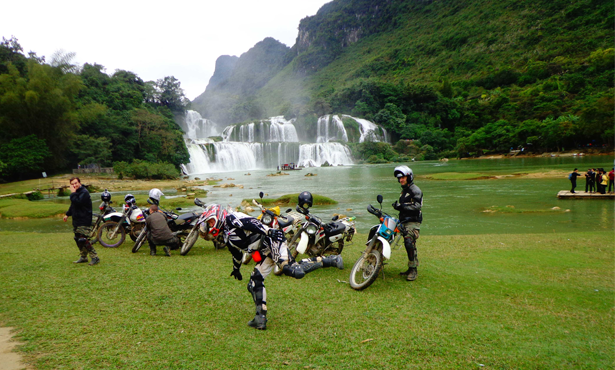
Offroad Indochina
CAO BANG: (280 KM FROM ANOI)
Cao Bang Province is located in the far northeastern corner of the country. It shares borders with China on the north and east. The cool weather here makes for comfortable holidays. Famous sites include Thang Hen Mountainous Lake in Tra Linh, Ban Gioc Falls, and Nguom Ngao Cave in Trung Khanh. Ban Gioc Falls is one of most beautiful waterfalls in Vietnam. Before the August 1945 revolution, Ho Chi Minh lived and worked here, developing his plans in Pac Bo, Coc Bo Cave, Lenin Stream, and Khuoi Nam Stream.
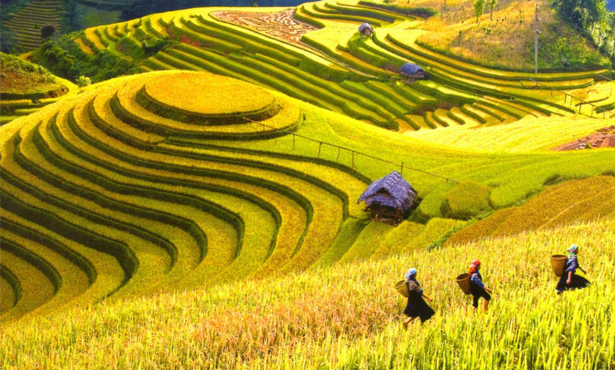
Grain Season

Cat ba Island

Cat Ba Beach

Cat Ba National Park
CAT BA ISLAND
Cat Ba National Park is located on Cat Ba Island in the magical Halong Bay. The park is covered with forest, and the island is home to over 600 kinds of plants including Bang, Goi Nep, Sang Le, and Kim Giao trees. The fauna living on the island is also diverse. The island is home to the rare white-headed langur, deer, and macaques, to name a few. Cat Ba marine life includes sea turtles, lobster, coral, oysters, and dolphins.

Lan Ha Bay
DIEN BIEN PHU (474 KM FROM HANOI)
Dien Bien Phu is surrounded by mountains in the Muong Thanh valley, northwest of Hanoi. The battle of Dien Bien Phu was an infamous historical event. The struggle of the Vietnamese army against the French expeditionary corps in 1954 lasted 56 days. A museum, bunkers, battle grounds, and the expansive cemetery commemorate the battle.
HOA BINH: (74 KM FROM HANOI)
Hoa Binh is a mountainous province located in the North. The unique culture of Hoa Binh combines the languages, literature, and customs of six distinct minority groups. Tourists especially enjoy the local dishes, like rice cooked in bamboo and grilled meat. Other highlights of Hoa Binh are traditional dancing and music performances using drums and gongs.
MAI CHAU: (150 KM FROM HANOI)
The superb panorama of the stilt houses of Mai Chau sitting in a fertile green valley come alive from the top of a mountain. The area is home to several ethnic minorities, particularly the White Thai ethnic group. Their traditional stilt houses are large structures with palm-thatched roofs and polished bamboo floors. On Sundays, hundreds of people from the different minority groups that live in the mountains come to town, where they sell honey, bananas, corn, and traditional tho cam weaving.
CENTRAL VIETNAM
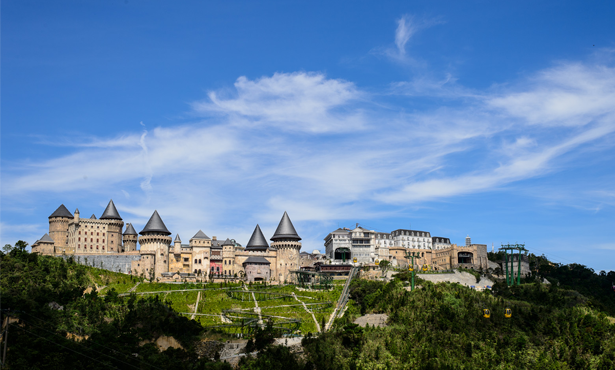
Ba Na Hill - Da Nang
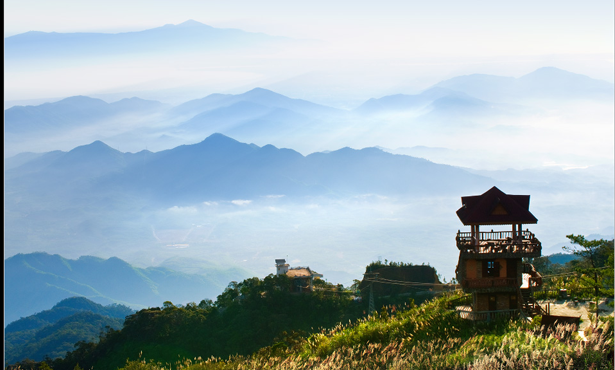
View From Ba Na Hill
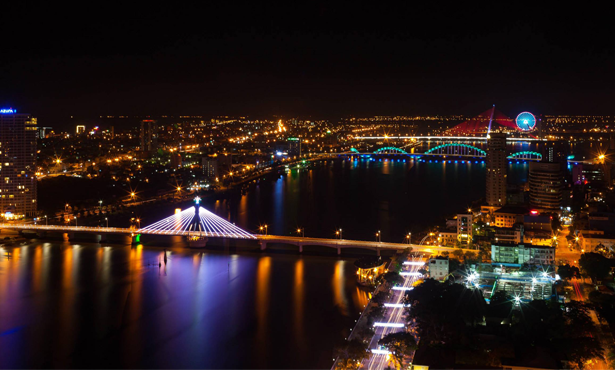
Nightlife in Da Nang
DANANG: (763 KM FROM HANOI)
Known under the French as Tourane, Danang became an important port in central Vietnam during the 19th century. This coastal city lies on a river and is surrounded by mountains, with a busy port and splendid beaches nearby, such as Non Nuoc (China Beach), My Khe, and Tien Sa. Industrial buildings stand in stark contrast to the rural beauty of Danang. This is truly a fascinating place, and it is easy to understand why it is becoming more and more popular among tourists.
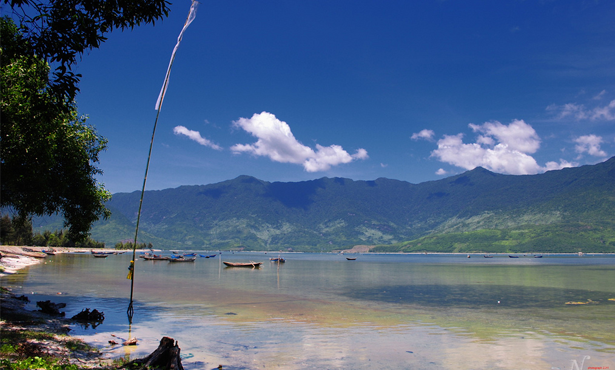
My Khe Beach - Da Nang
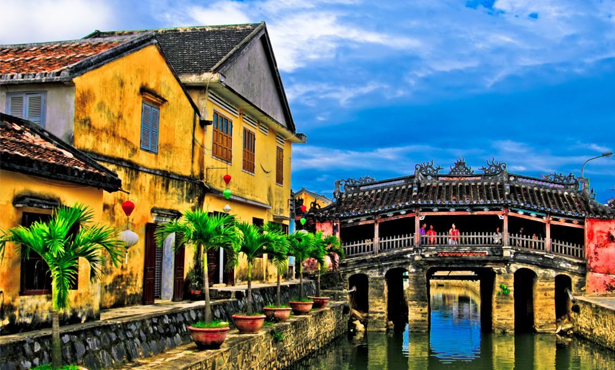
Japan Bridge - Hoi An
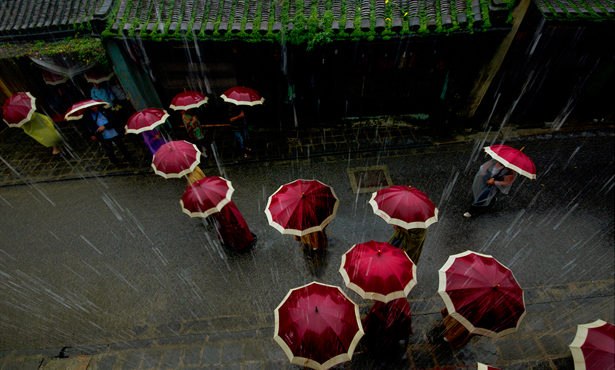
The ancient town of Hoi An
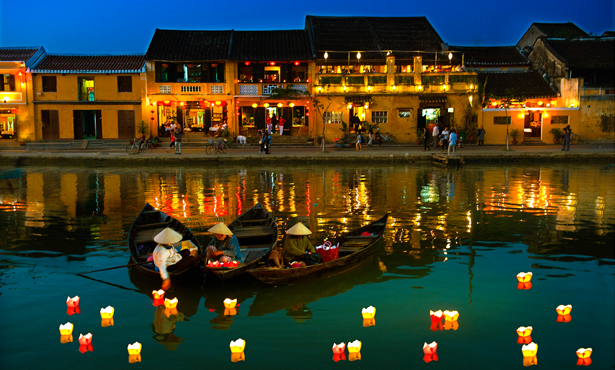
Nightlife in Hoi An
HOI AN: (30 KM FROM DANANG)
The ancient town of Hoi An rests beside the Thu Bon River. Centuries ago, Hoi An was one of the most important trading centres in Southeast Asia. The Japanese, Portuguese, and Chinese all have left their mark, and yet Vietnamese traditions stand above them all. This little haven is practically a living museum dedicated to Vietnams unique history. It was declared a World Heritage Site by UNESCO in 1999. Besides beautiful Chinese-inspired architecture and the opportunity to witness the past brought to life once a month on the full moon, visitors seem to enjoy the scenery of the romantic Thu Bon River, Cua Dai Beach, and the nearby Cham Islands.
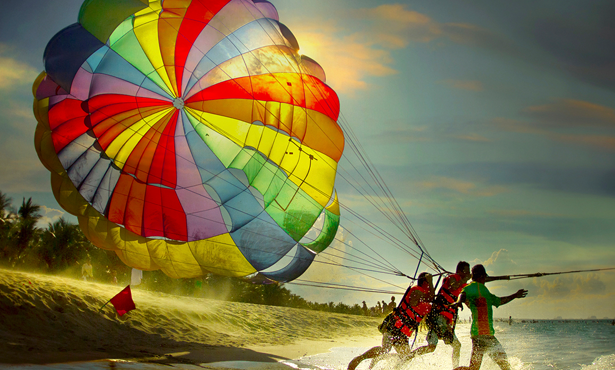
Cua Dai Beach - Hoi An
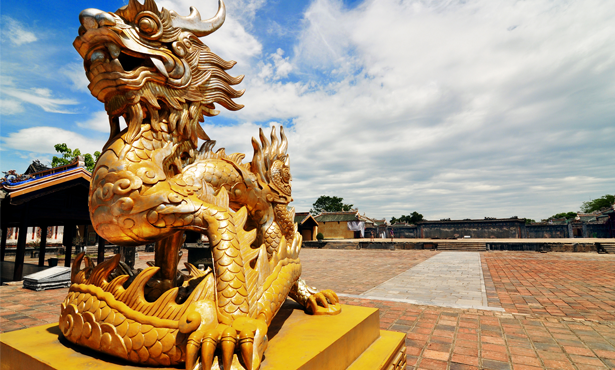
Hue Citadel
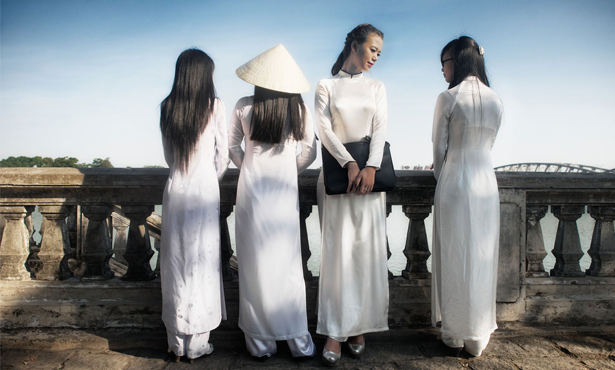
Áo Dài, a Vietnamese national costume
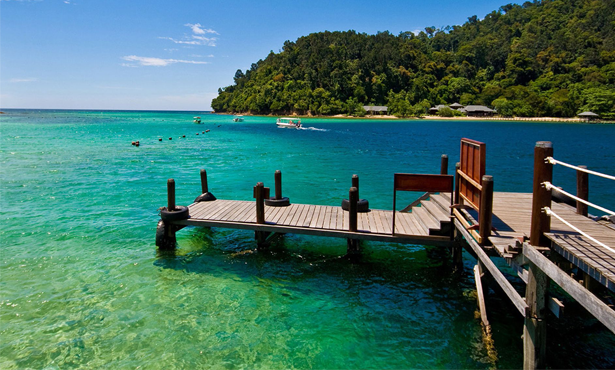
Lang Co Beach
HUE: (658 KM FROM HANOI)
This royal city, founded in 1687, still speaks of Vietnams rich imperial past. The original citadel city of Phu Xuan was built on the site of present day Hue. The city served as Vietnam’s political capital from 1802 to 1945. Ender the rule of 13 emperors of the Nguyen dynasty, it was the centre Vietnamese culture and power. Shelled during the war, the citadel has been given an uplift. The citadel, as well as the royal tombs, pagodas, and temples built on the banks of the Perfume River, attract thousands of travellers who are captivated by the almost poetic past of Vietnam.
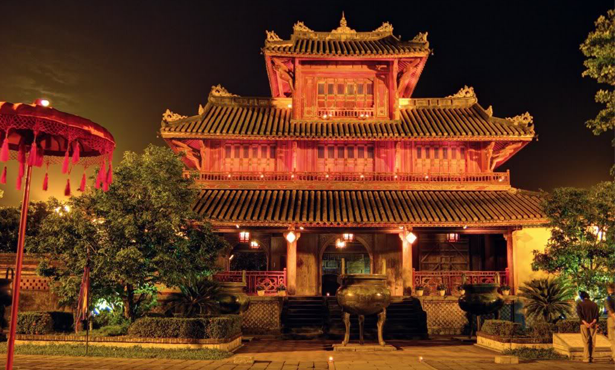
Hien Lam Cac
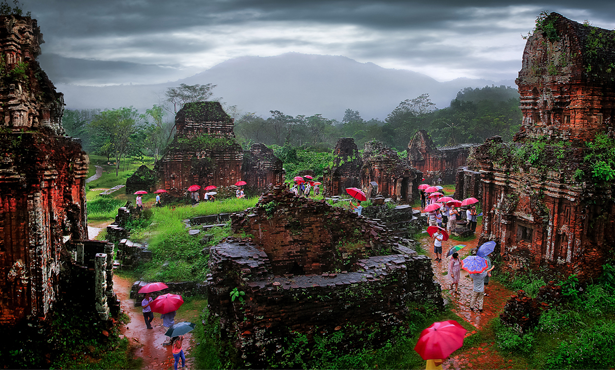
The Mỹ Sơn temple complex - the foremost Hindu temple complexes in Southeast Asia
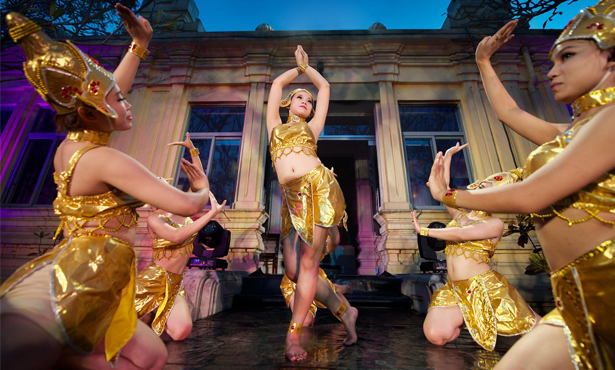
Cham dance
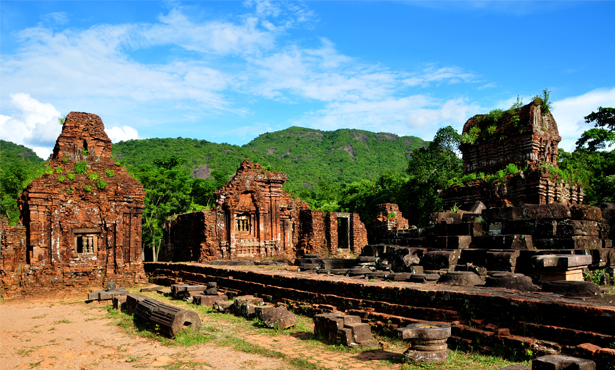
The Mỹ Sơn - The Foremost Heritage Site of This Nature in Vietnam.
MY SON: (70 KM FROM DANANG)
My Son was the imperial centre of the Champa Empire from the 4th to the 12th centuries. Today, this large complex of religious ruins welcomes visitors to explore ruined temples and towers with distinctive red brick designs. My Son was named a UNESCO World Heritage Site in 1999.
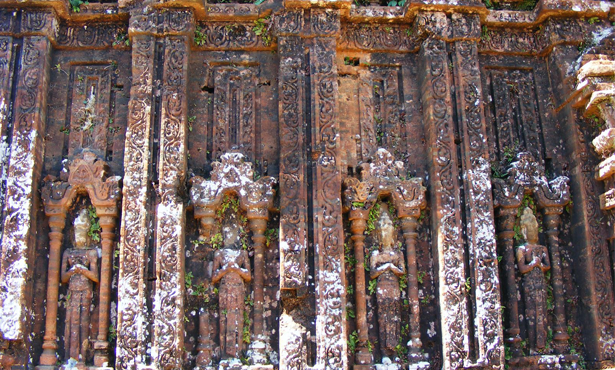
Building techniques
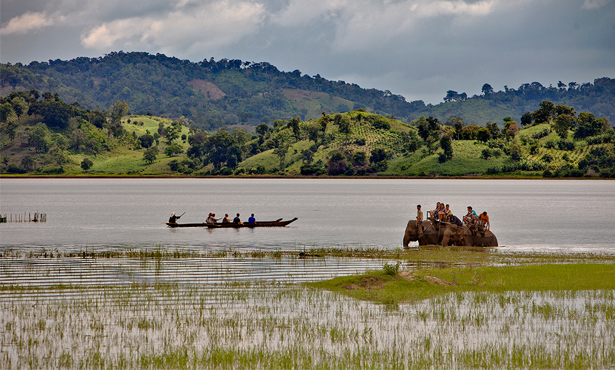
Buon Ma Thuot - Tay Nguyen
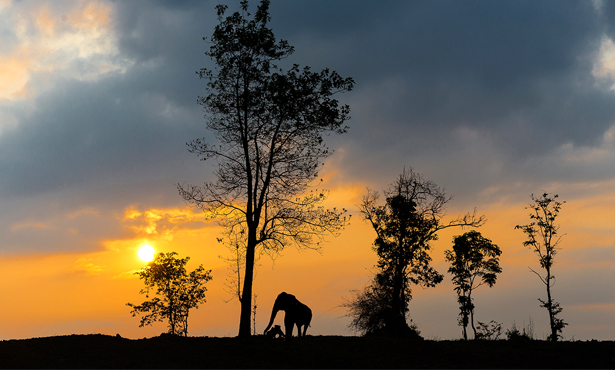
Sunset in Buon Ma Thuot
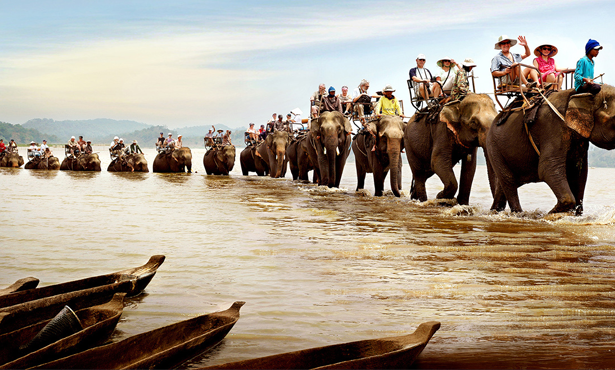
Buon Ma Thuot - Traffic
BUON MA THUOT: (489 KM FROM HO CHI MINH CITY)
Located in the central highlands, Buon Ma Thuot is Vietnam’s largest coffee growing area and home to the Ede ethnic minority. Some activities not to miss are discovering scenic Lak Lake in a dugout canoe and wandering the forests on the back of an elephant.
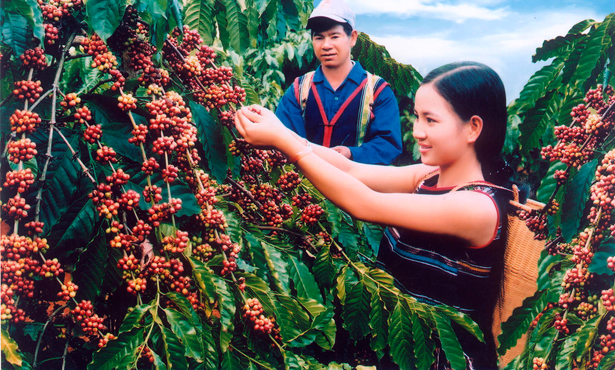
Buon Ma Thuot - Coffe
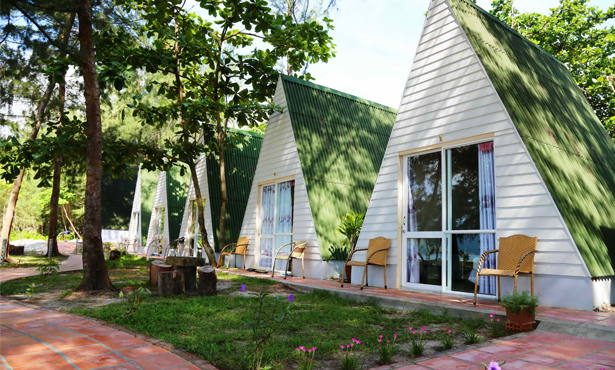
Con Dao - Camping Hotel
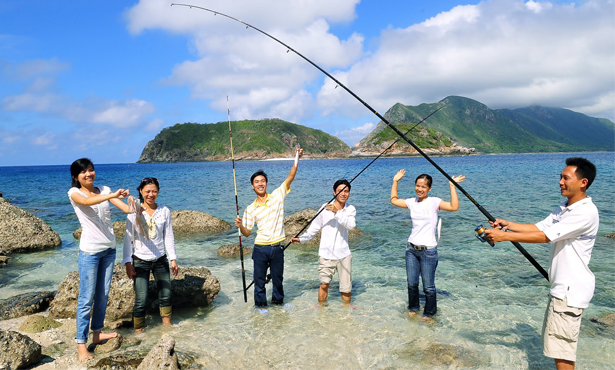
Fishing in Con Dao
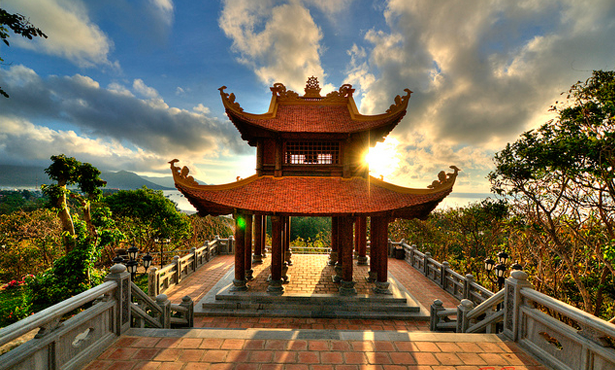
Con Dao - Vung Tau
CON DAO
For a very long time, Con Dao was a little-known and inaccessible destination for foreign tourists. From 1862 to 1975, the archipelago housed a large and brutal prison for opponents of French colonialism. Nowadays, Con Dao is earning a reputation among nature lovers, as well as honeymooners. Here you can explore poignant symbols of the past, undisturbed forests, white sandy beaches, colourful coral reefs, and a vivid underwater world. Removed from the hustle and bustle of urban life, the atmosphere is quite pleasant. Con Dao has a tropical climate with only two seasons: dry season (December to April) and rainy season (May to November). Con Dao is accessible by road, air, or water. The best time to travel to Con Dao by boat is from March to July, when the winds are gentle and the seas are fairly calm.
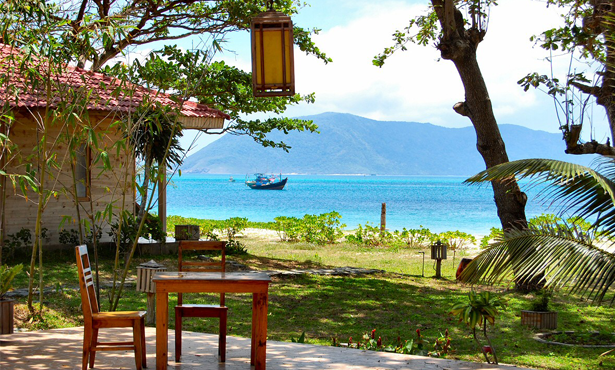
Con Dao - Vung Tau
Phan Thiet is built along both banks of the Phan Thiet River and the Muong Man River. Mui Ne beach, famous for sand dunes reminiscent of the Sahara Desert, is 20 kilometres east of Phan Thiet at the tip of the Mui Ne peninsula. In addition, there is an 18-hole golf course nearby that is considered one of the best in Vietnam.
PHU QUOC
This 16-island archipelago lies around 40 kilometres west of Ha Tien in the Gulf of Thailand. The major island, Phu Quoc, boasts lush tropical forests and mountains. The island is perfect for tourists who crave quiet, unspoilt beaches. There are many activities to take advantage of, including swimming, snorkeling, and fishing.
PLEIKU: (350 KM FROM DANANG / 150 KM FROM BUON ME THUOT)
Pleiku (Gia Lai) is located in the central highlands. At Pleiku, visitors have a chance to discover scenes so impressive that they might inspire a poem. Places like Kon Ka Kinh and Kon Cha Rang tropical forests, Xung Khoeng Waterfall, Phu Cuong Waterfall, Da Trang, the Mo springs, and Ayaun Ha lake boast ageless beauty. Located on the top of an extinct volcano, Bien Ho (To Nung Lake) is called the “Pearl of Pleiku.” Its water is so clear that visitors can see fish swimming. The province also boasts numerous culture attractions, like its funeral houses and traditional villages. The unique architectural style of the statues in funeral houses and local customs are really fascinating. Thousands of visitors come to see Dong Xanh Cutural Park, where many kinds of flowers and trees of typical
of the central highlands grow. Historical sites include King Quang Trung’s guerilla base, Nup hero’s homeland, the Pleiku Prison, and the Pleime, Cheo Leo, and La Rang battlefields.
QUY NHON : (250 KM FROM DANANG)
Quy Nhon is located on the coast of the East Sea. It is a growing commercial and industrial centre that produces textiles and seafood. Its small fishing port was dredged and improved by the United States military in 1965 and again by the Vietnamese government in 1977. The ancient Cham ruins of Cha Ban are a real highlight. Quy Nhon is getting more popular as beach destination, and there are daily flights to and from Ho Chi Minh City.
SOUTHERN VIETNAM
HO CHI MINH CITY: (1,724 KM FROM HANOI)
Once known as Saigon, Ho Chi Minh City is the bustling and vibrating economic centre of the South. Over the past few centuries, Saigon was called the “Pearl of the Far East” and was an important trading centre for the Chinese, Japanese, and Western merchants. Today, it is a bustling metropolis with hundreds of sights and activities to enjoy. From riverside rooftop bars and modern art galleries to enriching museums and amazing street food, Ho Chi Minh City is synonymous with diversity.
CU CHI: (65 KM FROM HO CHI MINH CITY)
Located northwest of Ho Chi Minh, Cu Chi is famous around the world as the base for the Tet Offensive in 1968. Over 200 kilometres of underground tunnels were secretly carved out of the earth, providing sleeping quarters, meeting rooms, and hospitals, as well as a tight but clear path to the city, for northern soldiers. A small part of the tunnels has been modified to accommodate visitors. Visiting the Cu Chi tunnels provides a fascinating glimpse into the perseverance and ingenuity of the Vietnamese.
BEN TRE: (85 KM FROM HO CHI MINH CITY)
Ben Tre is situated in Mekong Delta. It boasts a labyrinthine network of rivers and canals which you can wander down in a small boat. Ben Tre is the bread basket of the region. Rice, corn, pineapple, custard apple, star apple, durian, mango, longan, and many other natural goods are grown here. More than anything, Ben Tre is homeland of coconuts. Be sure to visit My Hoa Bird Reserve, Con Phung (Hillock of the Coconut Religion), Vam Ho Bird Sanctuary, and Vien Minh Pagoda.
VINH LONG
Vinh Long is a riverside town located in the Mekong Delta. Visitors can view the area with a boat ride on the Co Chien River, which flows through this provincial capital. Visitors can also explore the central market, Cho Vinh Long, as well as the nearby Khmer temples of Chau Thanh. The beautiful Bonsai Garden is another nature site not to be missed.
CAN THO: (169 KM FROM HO CHI MINH CITY)
Can Tho sits in the centre of the 11 provinces that make up the Mekong Delta. Bring your cameras along with you: a boat ride down the Hau River and a visit the floating markets provide ample photo opportunities. A speciality of the region is eel, which is served in floating restaurants along the river banks. Thot Not Stork Sanctuary is worth a visit in the late afternoon, when the birds return to their nests.
CHAU DOC : (285 KM FROM HO CHI MINH CITY)
Located west of the Mekong Delta, between the Tien Giang and Hau Giang Rivers, Chau Doc shares a long border with Cambodia. This region boasts a few open midlands and low mountains that stand against the horizon like gentle rippling waves. There are many ethnic groups here, including the Kinh, Khmer, Cham, and Hoa. Famous sites and attractions in the area are Ba Chua Xu Temple, Tay An Pagoda, Clay Pagoda, Thoai Ngoc Hau Tomb, Tao Ngo Garden, Sam Mountain, and Bang Lang stork sanctuary.
DA LAT: (310 KM FROM HO CHI MINH CITY)
At 1,500 metres above sea level, Da Lat resembles a rural mountain village in France. Founded in 1897, Da Lat has immense beauty, framed by picturesque lakes and bordered by rows of pine trees. A trip to Da Lat is not complete without a visit to the flower gardens and Bao Dai summer residence and the valley of love and a ride on the cable car. Be sure to visit one of the nearby waterfalls.
LONG HAI
Long Hai, only a 2-hour drive from Ho Chi Minh City, is one of the best beach resorts in Vietnam. With its unrivalled charm, peaceful environment, and fine cuisine, visitors flock the sandy shores all year round.
NHA TRANG: (447 KM FROM HO CHI MINH CITY)
The 7 -kilometre-long white sandy beach of Nha Trang is often playfully called Vietnam’s Mediterranean coast. It is sunny all year round, with an average temperature of 20 Celsius. Nha Trang has less rainfall than any where else in the country, as the Truong Son Mountains protect it from storms. The magnificent coral seabed in Nha Trang makes it ideal for scuba diving and snorkeling from March to September.
VUNG TAU
Vung Tau is an old port town, 115 kilometres southeast of Ho Chi Minh City, developed under the French as a seaside resort called Cap Saint Jacques. It served as a rest center for French officers, and later for Australian and American troops on R & R during the war in Vietnam. Today, it is a popular seaside resort town for wealthy Vietnamese.








